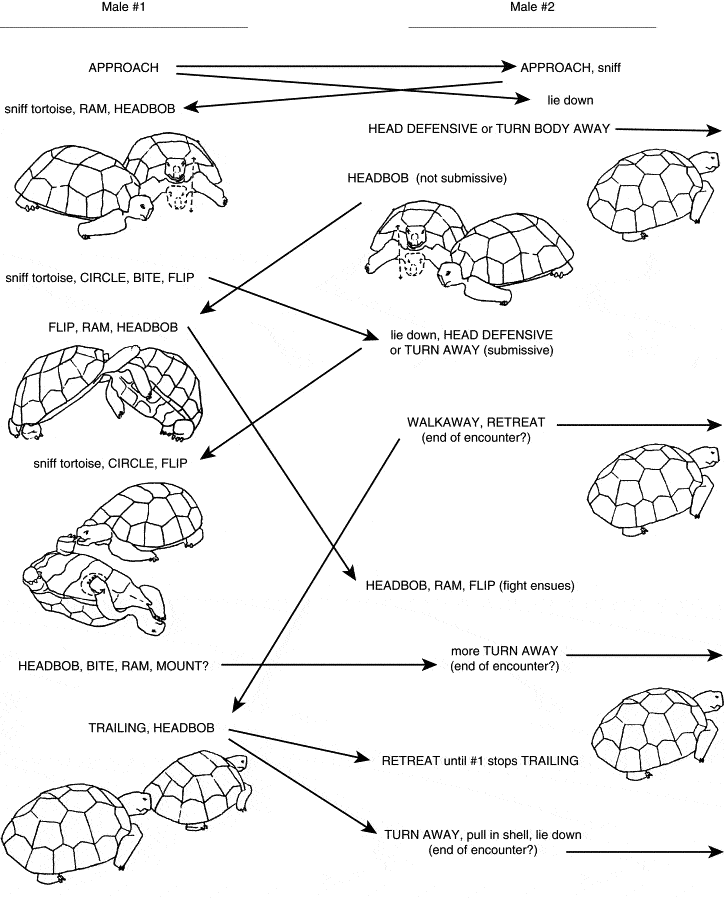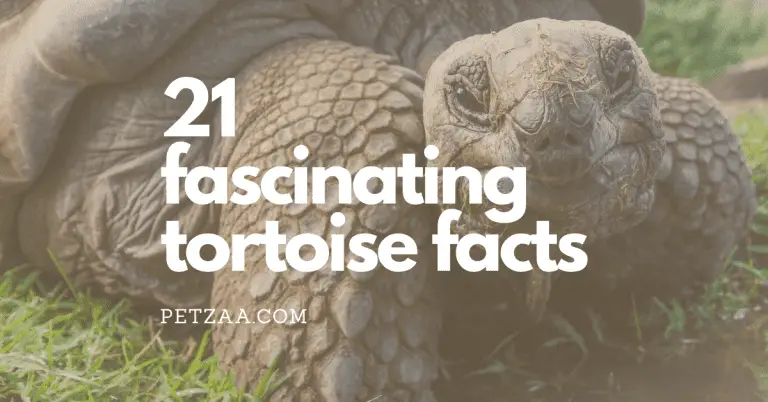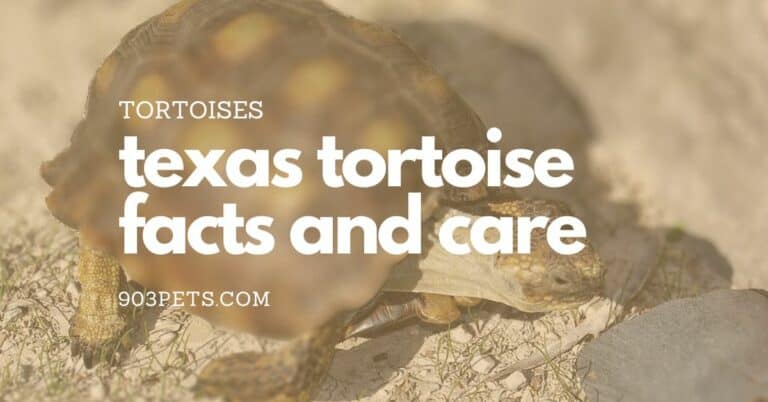Tortoise Head Bobbing. What is it and why?
Why is my tortoise bobbing its head? That is a question that gets asked often by new tortoise owners.
Tortoises bob or nod their heads for four reasons, to challenge other males, attract females for mating, normal breathing, and respiratory issues. Chelonians, tortoises, do not have a diaphragm like humans. To breathe, they must move portions of their anatomy in order to inhale and exhale. This causes a slight head bobbing in some breeds of tortoises.
Wait, what?!? Let’s explain in more detail and help you determine if your tortoises head bobbing requires further attention.

Why Is My Tortoise Bobbing Its Head?
Here’s the scenario.
You walk in to feed your tortoise. As you approach the enclosure you pause. Something just caught your eye. Something feels off but you don’t know what.
You pause and watch. Suddenly you hone in on it. Your tortoise is bobbing its head in a regular pattern. Moving its head up and down rhythmically.
Why is it doing that? Is something wrong with my tortoise because it is nodding its head?
Now is the time to step back and take a deep breath. Let’s walk through this.
Tortoises do bob or nod their heads for reasons that are not a problem.
Tortoises, turtles, and terrapins, also know as Chelonians, move the heads, necks, and legs during breathing. But why?
Why do tortoises bob their heads when they breathe?
What to look for: slight head bobbing and pulsing between neck and front legs.
The order of animals called Chelonians, which include tortoises, are unique critters.
Tortoises do not have a diaphragm like humans, to expand and contract their ribs which do the same to the lungs. Their ribs are connected to their hard shell and therefore can’t move like humans.
So, tortoises have to find another way to force air into and out of their lungs.
Tortoises use a special set of muscles activated by the movement of limbs, neck, and head, to do the work of inhalation and exhalation.
When this muscle movement takes place, you may see a slight movement of the neck as part of the breathing process.
Sometimes you will also see a little muscle pulse between the neck and front legs.
This looks like the tortoise is bobbing its head slightly, when in fact it is simply breathing.
When do tortoises bob their heads to challenge other males?
What to look for: heavy head bobbing like they were at a rock concert. Then if responded to, the head swaying will be added to the mix. They will start and stop at intervals of around 10-60 seconds or so.
Tortoises are territorial and will defend their space and the opportunity to mate.
Male tortoises use a variety of chemical and visual queues to challenge anything it deems a threat.
One of the visual queues a tortoise uses to challenge others is the head bob. When a tortoise approaches the threat it may stretch its neck out and begin to bob or nod its head. The head bobbing then may turn into a swaying of the head.
The tortoise then waits to see how the other tortoise responds. Male tortoises will typically respond in a corresponding fashion which indicates a challenge and a need to determine who is superior.
Check out this image of the desert tortoise male challenge stages from Science Direct.

Adapted from Ruby and Niblick, 1994.
The male challenges typically escalate into a match with the victory being the first male to tip the other over. How’s that for a decisive victory.
Do tortoises bob their heads to attract a female for mating?
What to look for: heavy head bobbing listening to heavy metal for 5-25 seconds. This may be followed by nipping and circling the female tortoise. Rinse and repeat.
Aha! The males working to entice the lovely females for the opportunity to procreate. It’s nature’s way.
Yep, male tortoises nod their heads in an attempt to woo female tortoises.
This nodding is followed by nipping at the front legs and shell of the female. Doing so causes her to retract inside the safety of her shell.
It is also thought the head bobbing and nipping helps to stimulate ovulation in the female.
At this point, the male easily moves around to the rear of the female and can mount her.
Tortoises are cool, right?!?
Is something wrong with my tortoise when it is bobbing its head?
What to look for: gasping accompanied by whistling or squeaking sounds, lethargy, loss of appetite, or discharge at the nares.
Probably not, but there is one case for sure you want to check into it further.
We talk about this in our article, why is my tortoise squeaking.
Periodic bobbing of the head could be a symptom of a respiratory infection or blockage.
If you see that your tortoise is stretching its neck out and almost gasping to get a breath you may want to see a vet.
In the case of respiratory distress, the head nod is accompanied by squeaking, whistling, or wheezy sounds. Any bubble or wet secretions from the nares should cause you to seek a veterinarian’s advice.
Now keep in mind, male tortoises look a lot like this when mating. The neck extension is accompanied by a grunt or squeak. If your tortoise is mounted on an object or another tortoise, this may be the case.
Related Questions
Is this where tortoise or turtle breathing techniques come from? So yes, tortoise breathing techniques in Qigong or chi kung are based on the breathing style and longevity of life in tortoises.
Tortoises are a symbol of longevity in China. It is no surprise then that mimicking the breathing of the tortoise is believed to increase health, wellness, and life.
This breathing technique is known as kuei hsi or “swallowing the breath” and attempts to mimic the tortoise breathing style.
If you think your pet is ill, call a vet immediately. All health-related questions should be referred to your veterinarian. They can examine your pet, understand its health history, and make well informed recommendations for your pet.
903pets.com Staff


![Indoor Tortoise Enclosures - What You Need To Know [2022] 5 Indoor Tortoise Enclosures – What You Need To Know [2022]](https://cdn-0.903pets.com/ifywhoft/2022/03/indoor-tortoise-enclosue-complete-guide-768x402.png)
![How Often Should You Clean An Indoor Tortoise Enclosure? [Schedule] 7 How Often Should You Clean An Indoor Tortoise Enclosure? [Schedule]](https://cdn-0.903pets.com/ifywhoft/2022/03/tortoise-indoor-cage-cleaning-schedule-how-often-tiny-768x402.png)
![6 Reasons Why Tortoises Squeak, Croak, and Quack? [Tips] 9 6 Reasons Why Tortoises Squeak, Croak, and Quack? [Tips]](https://cdn-0.903pets.com/ifywhoft/2021/02/Why-Is-My-Tortoise-Squeaking-tiny-768x402.png)

![A Beginners Introduction To Tortoises As Pets [Read Before You Buy] 13 A Beginners Introduction To Tortoises As Pets [Read Before You Buy]](https://cdn-0.903pets.com/ifywhoft/2021/03/Complete-Guide-Introduction-To-Tortoises-Before-You-Buy-tiny-768x402.png)